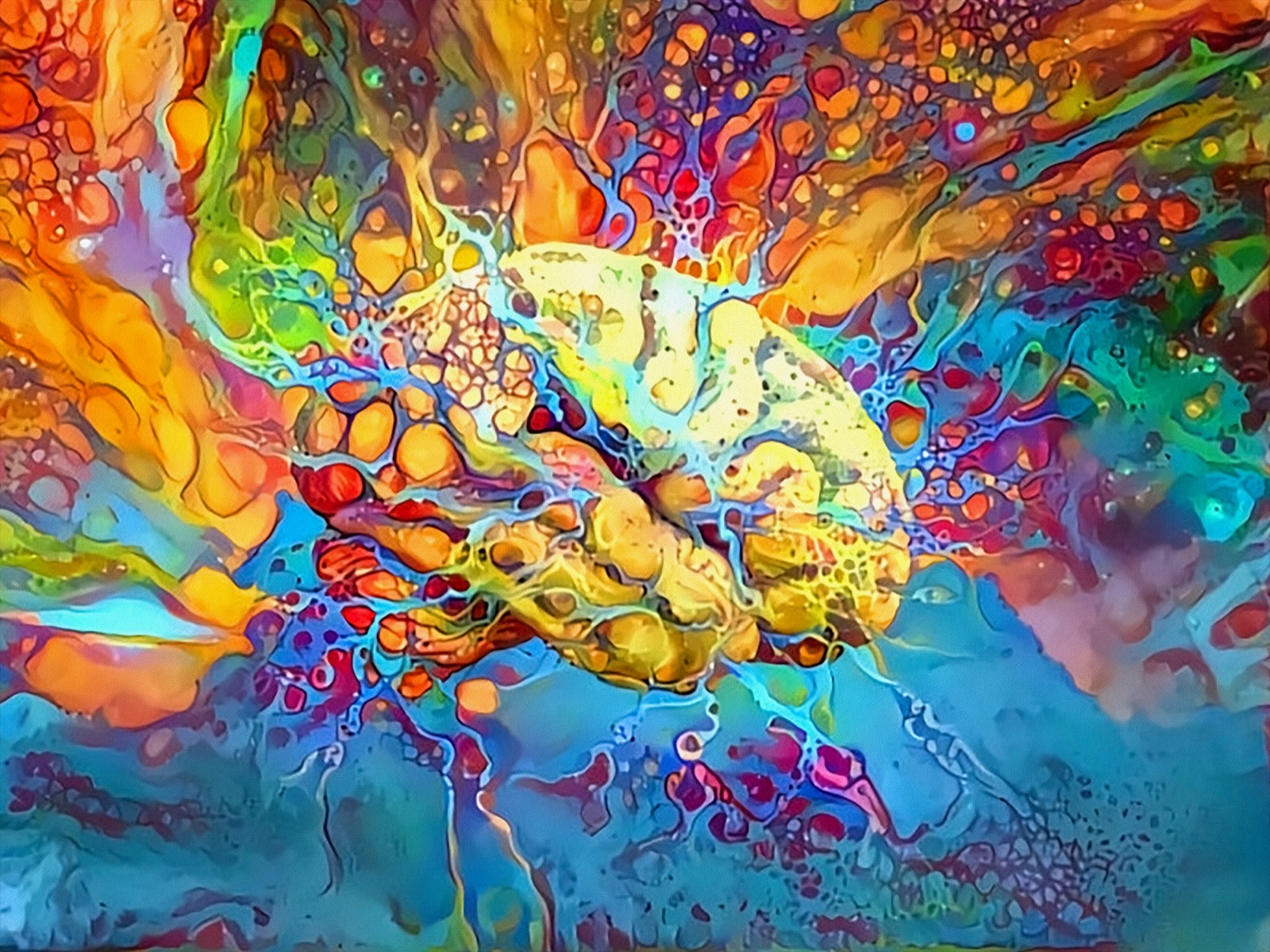Just How Trump Art Shows Modern Political Satire in the Art World
Just How Trump Art Shows Modern Political Satire in the Art World
Blog Article
Exploring the Diverse World of Artistic Expression: From Surrealism to Abstract Realistic Look
In the world of creative expression, from the dreamlike landscapes of surrealism to the complex play of light and form in abstract realism, musicians have actually continually pushed the boundaries of creative thinking and imagination. As we explore the complex globe of art, we are presented with a tapestry of designs, methods, and viewpoints that challenge our understanding and provoke contemplation.
Surrealism: Unleashing the Subconscious
Surrealism, an avant-garde imaginative activity of the 20th century, explored the depths of the subconscious, introducing a globe of dream-like images and unique juxtapositions. Pioneered by musicians like Salvador Dali, René Magritte, and Joan Miró, Surrealism looked for to challenge the conventional means of recognizing and seeing art. With techniques such as automatism and dream analysis, Surrealist artists aimed to use the subconscious mind to expose covert facts and desires.
Among the crucial elements of Surrealism was the emphasis on the irrational and the astonishing. By incorporating unforeseen components in their jobs, Surrealist artists aimed to produce a sense of disorientation and shock in the customer. This disturbance of logic and reason was indicated to provoke a deeper exploration of the subconscious and the mysteries of the human subconscious.
Abstract Realism: Redefining Understanding
Testing typical artistic borders, Abstract Realism redefines understanding through the combination of recognizable aspects with abstract kinds. This cutting-edge strategy to art incorporates the representational precision of realistic look with the creative flexibility of abstraction, using customers an one-of-a-kind visual experience that motivates them to question their perception of truth.
In Abstract Realism, artists strive to catch the essence of their topics while also infusing their collaborate with a sense of deepness and intricacy through abstract components. By blending the aware of the unfamiliar, these musicians invite target markets to involve with their items on numerous degrees, encouraging them to discover the nuances of texture, shade, and form.

Cubism: Fragmenting Reality
Making use of geometric types and fragmented viewpoints, Cubism revolutionized the creative representation of truth in the very early 20th century. This technique not only deconstructed fact yet additionally emphasized the flatness of the canvas, paving the means for future abstract art activities.

Cubism can be classified into 2 primary stages: Analytical Cubism, characterized by single shade plans and complex, fragmented forms; and Artificial Cubism, check my source which integrated collage aspects and brighter shades into the make-ups. With these unique stages, Cubism affected not only paint yet likewise sculpture, style, and style. trump art. Its influence resounded throughout the art world, motivating artists to explore brand-new means of interpreting and standing for the globe around them
Expressionism: Emotions on Canvas
Exploring the depths of human emotions via meaningful and brilliant brushstrokes, Expressionism arised as an extensive creative motion in the early 20th century. Unlike previous art activities that concentrated on illustrating the external globe, Expressionism explored the internal realm of the musician's mind, aiming to stimulate raw emotions and prompt natural actions from audiences.
Expressionist artists, such as Edvard Munch, Egon Schiele, and Emil Nolde, rejected traditional concepts of elegance and realistic look for distorting type and shade to convey subjective feelings. The use of overstated brushwork, vibrant shades, and distorted numbers helped develop a feeling of unease, alienation, or passion in their jobs.
One of one of the most renowned examples of Expressionism is Munch's "The Scream," which records the intense stress and anxiety and anguish of contemporary life through its swirling, altered number against a additional info blood-red sky. With their emotionally billed jobs, Expressionist artists sought to test standard imaginative norms and supply a home window right into the stormy midsts of the human spirit.
Contemporary Art: Evolving Perspectives

One of the specifying attributes of modern art is its constant development and capacity to adjust to changing cultural landscapes. Artists are progressively integrating technology into their technique, obscuring the lines in between the their website electronic and physical worlds. This fusion of tools enables for innovative methods of narration and engaging with target markets in an extra interactive fashion.
Additionally, contemporary art frequently acts as a system for social discourse, dealing with pressing concerns such as identification, national politics, and the atmosphere. Artists are using their job to prompt and spark important conversations thought, clarifying the complexities of the world we stay in. As viewpoints remain to develop, contemporary art remains a influential and dynamic pressure in shaping our cultural landscape.
Conclusion
Finally, the globe of creative expression includes a variety of designs and movements, each with its own distinct strategy to sharing significance and emotion. From surrealism's exploration of the subconscious to abstract realistic look's redefining of understanding, and from cubism's fragmentation of reality to expressionism's portrayal of feelings, art continues to advance and test point of views - trump art. Contemporary art mirrors the ever-changing world we stay in, offering new ways to interpret and recognize the intricacies of our fact
As we check out the diverse globe of art, we are offered with a tapestry of designs, strategies, and philosophies that challenge our understanding and prompt consideration. Its influence resounded across the art globe, motivating artists to discover new means of analyzing and standing for the world around them.

Report this page